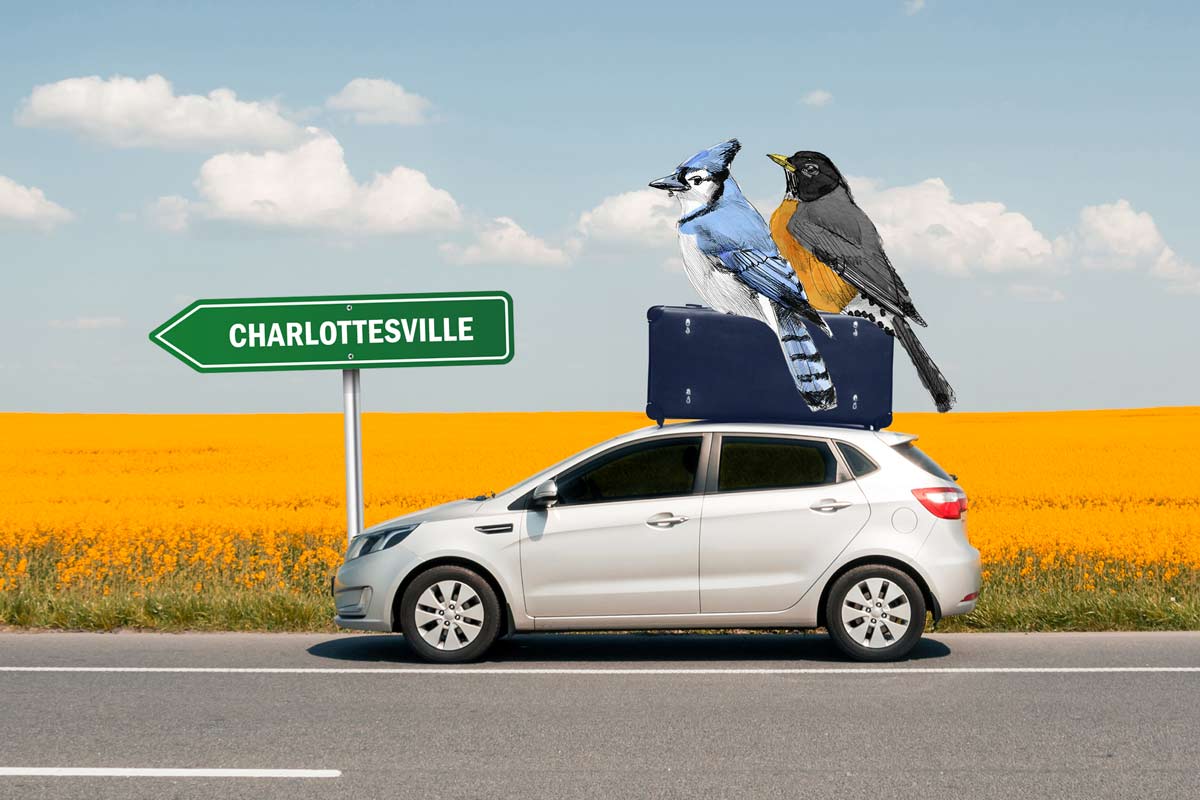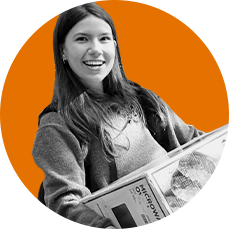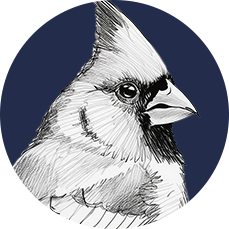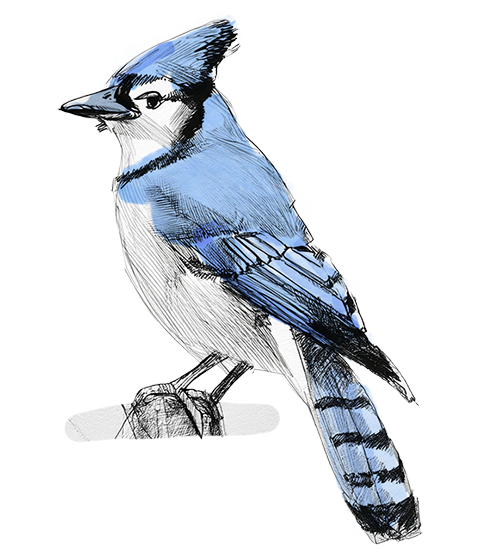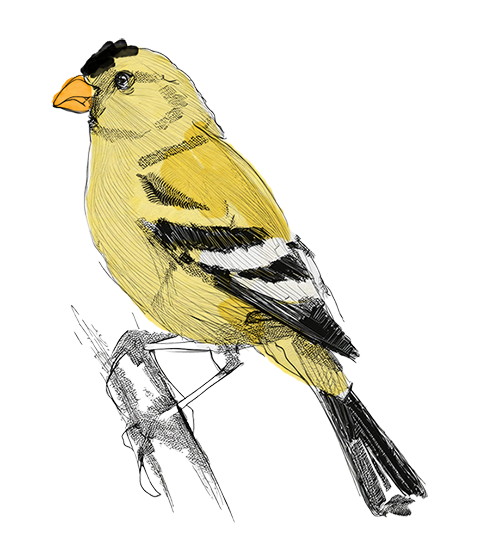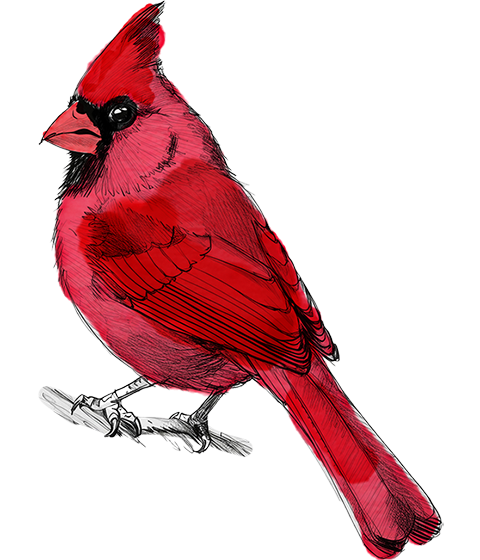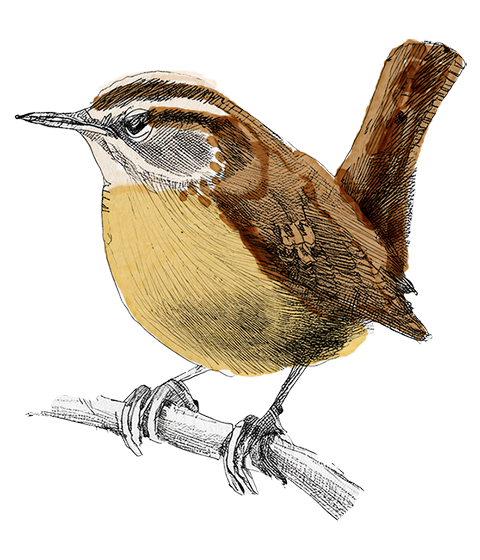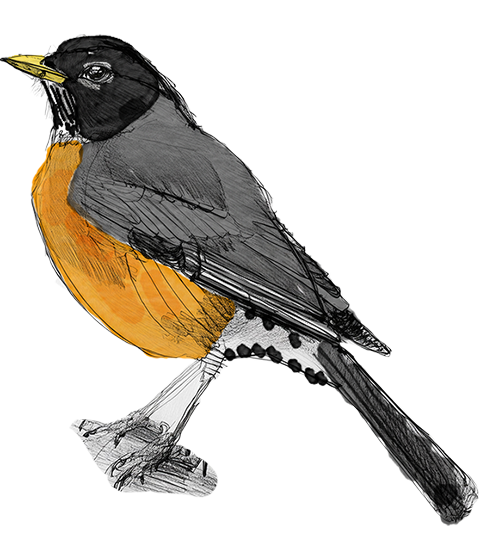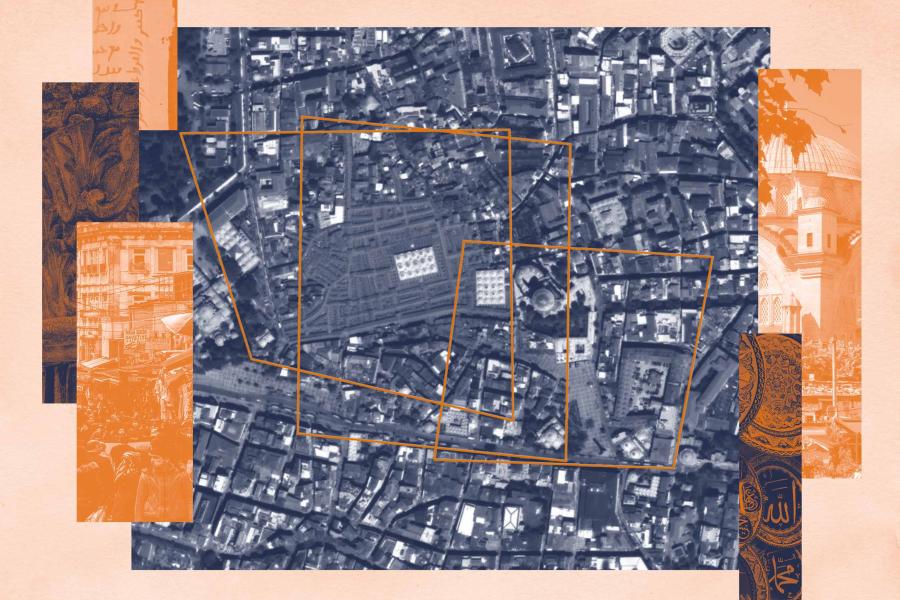“For example, we have several species of blackbirds that breed here in the summer, such as red-winged blackbirds and common grackles, that flock up late in the season. It helps them foraging and keeps them safer from predators.
“While it’s unlikely to observe nighttime migration, birds must settle and look for food and a place to rest during the day before the next leg of their trip. They’re mostly interested in insects and usually coming through when there are still leaves on the trees, which host hundreds and thousands of caterpillars. So, the best time to see these migrant birds is during the day, when they’re refueling.”
Where Are Good Places To See These Birds?
Carr recommends a visit to Blandy Experimental Farm, “one of the most productive fall migration sites in the northern Shenandoah Valley,” he said. “On Grounds, the Observatory Dining Hall, or O-Hill, is a famously productive spot to look for these migrating warblers in the fall.
“Along the Eastern Shore, Kiptopeke State Park is a major flyway for migratory birds and butterflies.”
How Can You Track What Species Are Migrating in Your Area?
“The migration of birds into Central and South America has recently begun in the last two or three weeks for many songbirds and other species. Some birds, like shorebirds, have been migrating since mid-July,” Carr said.
